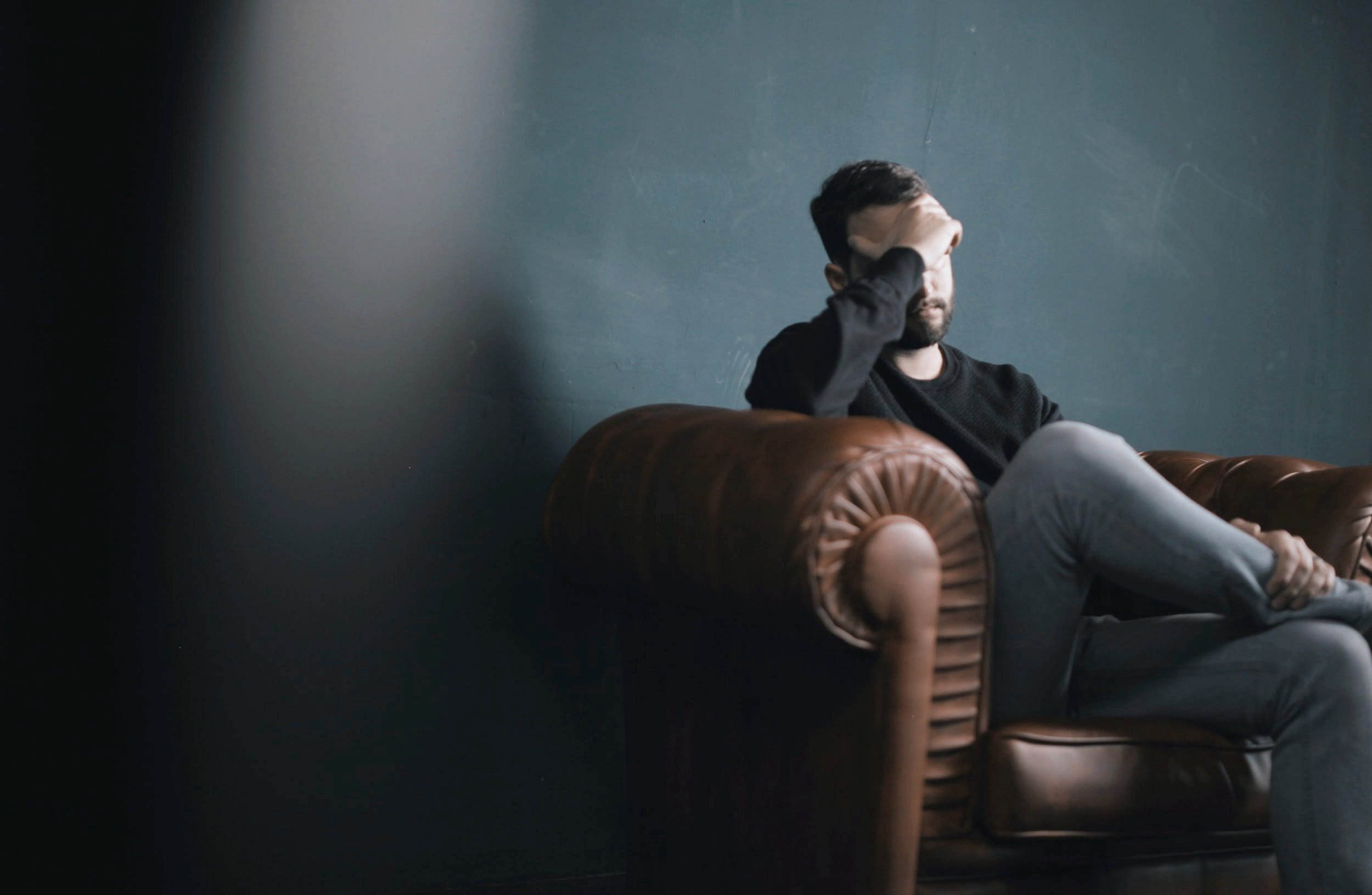Pelvic pain | Sexual health
1 in 5 women and 1 in 12 men are affected by pelvic pain at some point in their life. Yet it’s a condition that is rarely discussed.
Do you need to plan your day around your pelvic pain symptoms?
Experiencing pain during intercourse? Difficulties using a tampon?
Do any of these symptoms sound familiar to you?
Pelvic pain is a complex condition which can impact on men and women of all ages. If you have pain in the area below your belly button and above your legs, it is known as pelvic pain. For some, their pelvic pain may also extend to the tummy area and lower back area. Pelvic pain can also impact on bladder, bowel and sexual health.
Chronic / persistent pelvic pain is where the symptoms are felt on most days for 6 months or more. With persistent pelvic pain, pain pathways / connections between the pelvis and brain can change and become more sensitive. This is called ‘central sensitisation’. When this happens, pelvic pain can become more complex.
Typically, there is no one cause of pelvic pain and sometimes we don’t know exactly why it happens. However, there could be a number of contributing factors including: physical factors, psychological factors such as stress, anxiety and lifestyle factors.
Pelvic pain in women
Endometriosis
Endometriosis is a condition that affects a woman’s reproductive organs and is commonly associated with pelvic pain. It can also impact on bladder and bowel health, fertility, emotional health and relationships. There are many options for managing and treating endometriosis including pelvic floor physiotherapy, a healthy lifestyle and support from your medical team.
Painful sex (dyspareunia)
We understand that women can experience both physical and emotional pain when they aren’t able to have intercourse with their partner. This can be extremely distressing. There can be lots of possible causes of painful sex including endometriosis, inflammation or scarring on the vulva (skin outside the vagina), post natal scar tissue, menopause, vaginismus (see below) and vulvodynia (see below).
Vaginismus
This is where the muscles in the vagina spasm causing penetration to be painful. Women who have vaginismus can describe penetration as painful, tight, difficult, ‘as if I’m hitting a wall’ and at times impossible. This can happen before sex, when trying to insert a tampon or during a medical vaginal examination. Vaginismus could be a result of various physical and psychological factors including: trauma associated with childbirth, previous sexual assault, fear or anxiety of penetration, previous painful experience with penetration.
Vulvodynia
Women with vulvodynia experience pain and symptoms such as burning, ‘rawness’ and throbbing in the external female genital organs which includes the labia (skin on the outside of the vagina), clitoris and vaginal opening. This can cause discomfort during intercourse, when wearing tight pants, during exercise and when sitting for long periods of time. It is suggested that the following factors can contribute to vulvodynia: chronic yeast infections (such as thrush), injury or tissue damage from childbirth, skin conditions such as lichen sclerosis.
Persistent pelvic pain
As mentioned earlier, persistent pelvic pain is a complex condition that can be extremely debilitating. Women suffering from persistent pelvic pain can also experience other problems including:
Bladder and bowel problems
Fatigue
Poor sleep
Bloating
Anxiety and low mood
Pain before, during and after a period or during ovulation
There can be could be a number of contributing factors to persistent pelvic pain including: physical factors, psychological factors such as stress, anxiety and lifestyle factors.
Pelvic pain in men
Prostatitis
Prostatitis is a range of disorders that impacts a significant number of men. It can result in bladder and erectile problems and many men suffer from scrotal, penile and pelvic pain. There can be many different causes for prostatitis including inflammation of the prostate, anxiety / stress, nerve changes and increased pelvic floor muscle tension (overactive pelvic floor).
Pelvic pain
Men suffering from pelvic pain can experience a wide range of different symptoms. These symptoms can include:
Pressure / throbbing in the pelvis, rectum or genitals
Burning pain in the scrotum and / or penis
Bladder and bowel problems
Pain when sitting
Sexual pain during intercourse or orgasm
At times there can be no known cause for pelvic pain in men, however it can be the result of an injury in the pelvic region or starts after a particularly stressful event.
How can Advance Pelvic Health help you?
We understand the complexity of pelvic pain. Your pain is real and we are dedicated to creating a safe and comfortable environment for you to share your story with us.
We will throughly assess your condition using various assessment strategies including: use of research based questionnaires to comprehensively assess the contributing factors to your pain, external assessments of your pelvic floor via our ultrasound technology and internal pelvic floor examinations only if you are comfortable. We will also assess in detail any bladder and / or bowel symptoms that you may experiencing.
Our treatment strategies will be tailored around what we find in our detailed assessment of your pelvic pain and what you want to achieve. We will help you understand what could be causing your pelvic pain and create an evidence-based personalised program that fits into your lifestyle.


